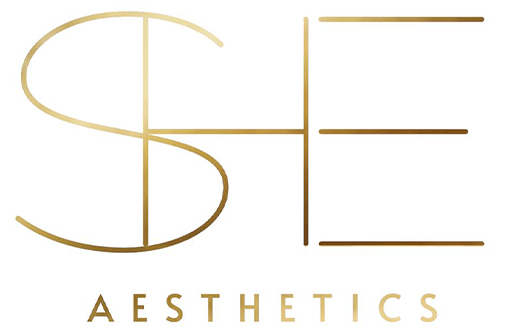Platelet-Rich Plasma (PRP) therapy has emerged as a promising medical treatment that utilizes the body's own natural healing processes to promote tissue repair and regeneration. This innovative approach has gained popularity in various fields, from sports medicine to dermatology, offering a non-invasive and potentially effective solution for a wide range of conditions. In this article, we will delve into the science behind PRP therapy, its applications, benefits, and potential limitations.
PRP Therapy: Harnessing the Power of Platelets for Healing
Understanding PRP Therapy:
Platelets are a critical component of our blood, responsible for clotting and initiating the healing process when an injury occurs. PRP therapy involves the extraction of a patient's blood, which is then centrifuged to separate and concentrate the platelets and their growth factors. This platelet-rich plasma is then injected back into the patient's body at the site of injury or tissue damage, stimulating a more robust healing response.
Applications of PRP Therapy:
1. Orthopedics and Sports Medicine:
PRP therapy has gained significant recognition in treating sports-related injuries, such as tendonitis, ligament sprains, and muscle strains. It is particularly valuable for chronic conditions that have not responded well to traditional treatments, as it aids in accelerating the repair process and reducing inflammation.
2. Dermatology:
In dermatology, PRP is employed to address various skin concerns, including acne scars, fine lines, and even hair loss. The growth factors in PRP promote collagen production and stimulate hair follicles, leading to improved skin texture and hair regrowth.
3. Dental and Oral Surgery:
PRP therapy has found applications in dental and oral surgery, primarily for accelerating bone and tissue regeneration after procedures like dental implants or jaw reconstructions.
4. Chronic Wound Healing:
Patients with chronic wounds, such as diabetic ulcers, have also seen promising results with PRP therapy. The growth factors in PRP can enhance tissue repair and foster a more conducive environment for wound healing.
Benefits of PRP Therapy:
1. Natural Healing Process:
Since PRP therapy utilizes the patient's blood, there is a lower risk of allergic reactions or adverse effects, making it a safe and natural treatment option.
2. Non-Invasive:
PRP therapy is a minimally invasive procedure, often performed in an outpatient setting, which means less downtime for patients compared to more invasive surgical interventions.
3. Versatility:
The versatility of PRP therapy across multiple medical disciplines makes it a valuable tool for various healthcare professionals.
Limitations and Considerations:
While PRP therapy has shown promise in numerous cases, it is essential to acknowledge its limitations. The efficacy of PRP can vary among individuals and medical conditions. Some studies have produced mixed results, highlighting the need for further research to determine its effectiveness conclusively. Additionally, the long-term effects of PRP treatments are still under investigation.
Conclusion:
Platelet-Rich Plasma (PRP) therapy represents an exciting and evolving frontier in modern medicine, offering a potentially effective, natural, and non-invasive treatment option for a wide array of medical conditions. As research and technology continue to advance, PRP therapy's applications and benefits are expected to expand further, bringing new hope to patients seeking innovative healing solutions. However, like any medical treatment, it is crucial to consult with a qualified healthcare professional to determine the appropriateness of PRP therapy for individual cases.
